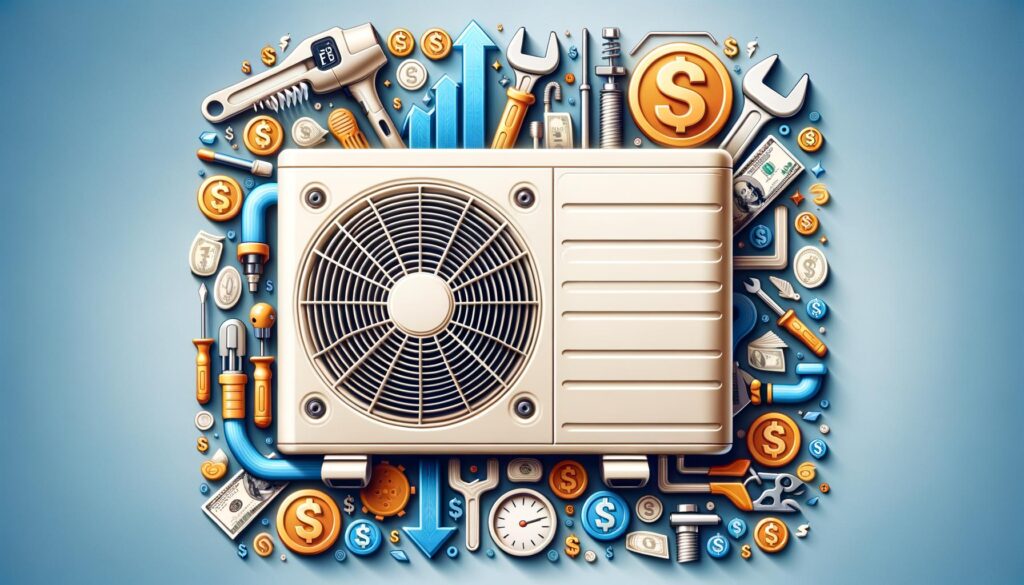Understanding AC Installation Costs: A Comprehensive Guide

Factors Influencing AC Installation Costs
When planning to install a new air conditioning system, understanding the various factors that influence installation costs is crucial. Several primary components can impact what you might expect to pay. The size and type of the AC unit are major considerations, as larger or more complex units generally demand higher installation fees. Brand can also play a role, since higher-quality units from renowned manufacturers may come with a premium price tag. Geographic location significantly affects costs as well, since the availability of parts and the local cost of labor can vary greatly from one area to another. Lastly, the specific features and technology of the AC unit, such as energy efficiency ratings or smart thermostat capabilities, could influence overall pricing.
Types of Air Conditioning Systems
The choice between different types of air conditioning systems can greatly impact installation costs. There are several popular systems to consider:
- Central Air Systems: These are typically more expensive to install due to their extensive ductwork and the need for a larger unit, making them ideal for whole-home cooling.
- Ductless Mini-Split Systems: These systems can be perfect for homes without existing ductwork. They tend to be more cost-effective for smaller areas as they are often easier to install.
- Window Units: These are one of the most affordable options in terms of both the unit and installation costs, but they are best suited for cooling individual rooms rather than entire homes.
Each system has its own benefits and potential drawbacks, so it’s worth considering your specific cooling needs and space when choosing the right type for your home.
The Role of Installation Professionals
Hiring skilled professionals for installation is crucial to ensure the longevity and efficiency of your new AC system. Professional installation not only affects the initial costs but also impacts the system’s performance over time. Experienced technicians can provide insights into optimizing your system’s efficiency, potentially saving costs on energy bills in the long run. Moreover, professional installation typically includes necessary services such as system calibration and initial inspections, which can prolong the system’s lifespan. It’s advisable to obtain multiple quotes and seek references to find a well-regarded installer who can balance cost with quality.
Additional Installation Cost Considerations
While the AC unit and installation fees might constitute the bulk of your expenses, there are additional costs you might encounter. These can include permits required by local authorities, particularly for significant installations. Modifications to existing ductwork or electrical systems may also be necessary, adding to labor costs. Additionally, upgrades to meet local building codes or efficiency standards could incur extra charges. It’s prudent to budget for these additional costs and discuss them with your contractor to avoid surprises during the installation process.
Financing and Budgeting for Your New AC System
Once you have an estimate of the potential costs, effective budgeting and exploring financial options can make the installation more manageable. Many companies offer financing plans that allow you to spread the costs over time. Discussing these options with your contractor can help you find a financing option that suits your financial situation. Additionally, check if any government incentives or rebates for installing energy-efficient units are available in your area, as these can significantly offset initial costs. Properly preparing financially ensures that you can afford a system that meets your needs without compromising on quality.
Conclusion
Understanding the nuances of AC installation costs will help you make informed decisions that align with your budget and needs. By considering the factors that affect cost, choosing the right type of system, and selecting a professional installer, you set the groundwork for a successful and efficient cooling solution. Always remember to account for any additional expenses and consider financing options to ease the financial burden. With careful planning, you’ll be well-prepared for a comfortable, cool living environment in your home.
